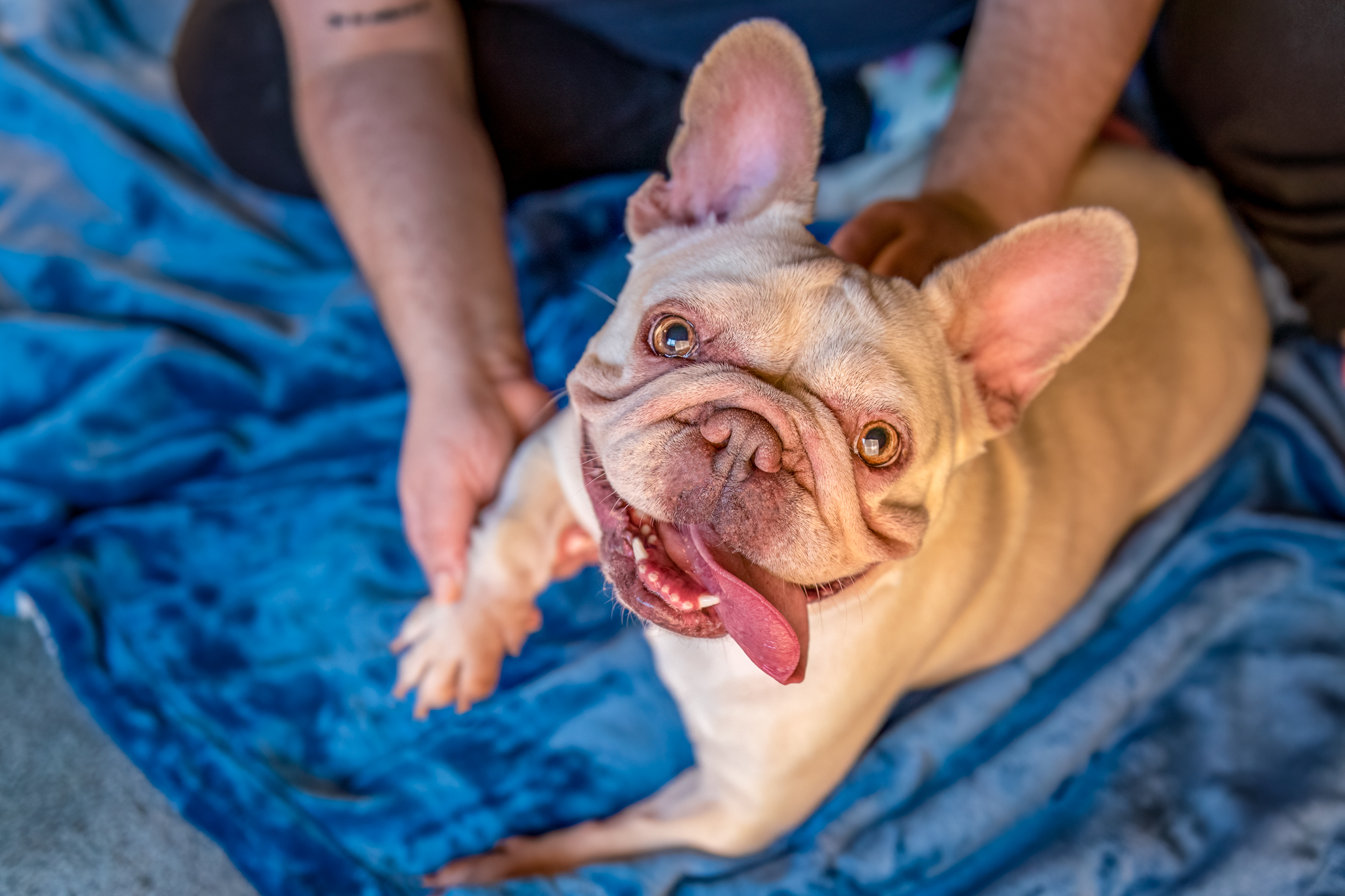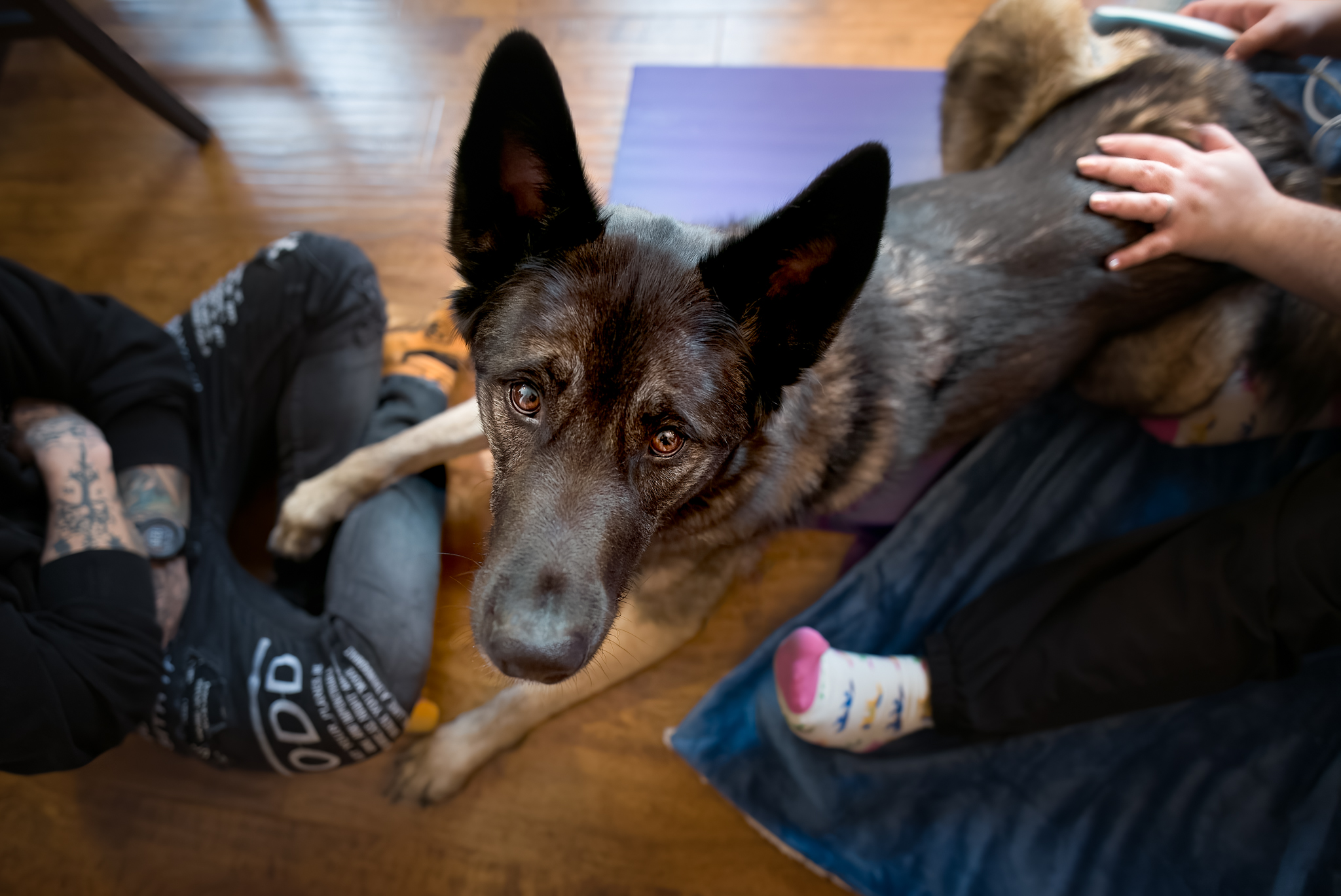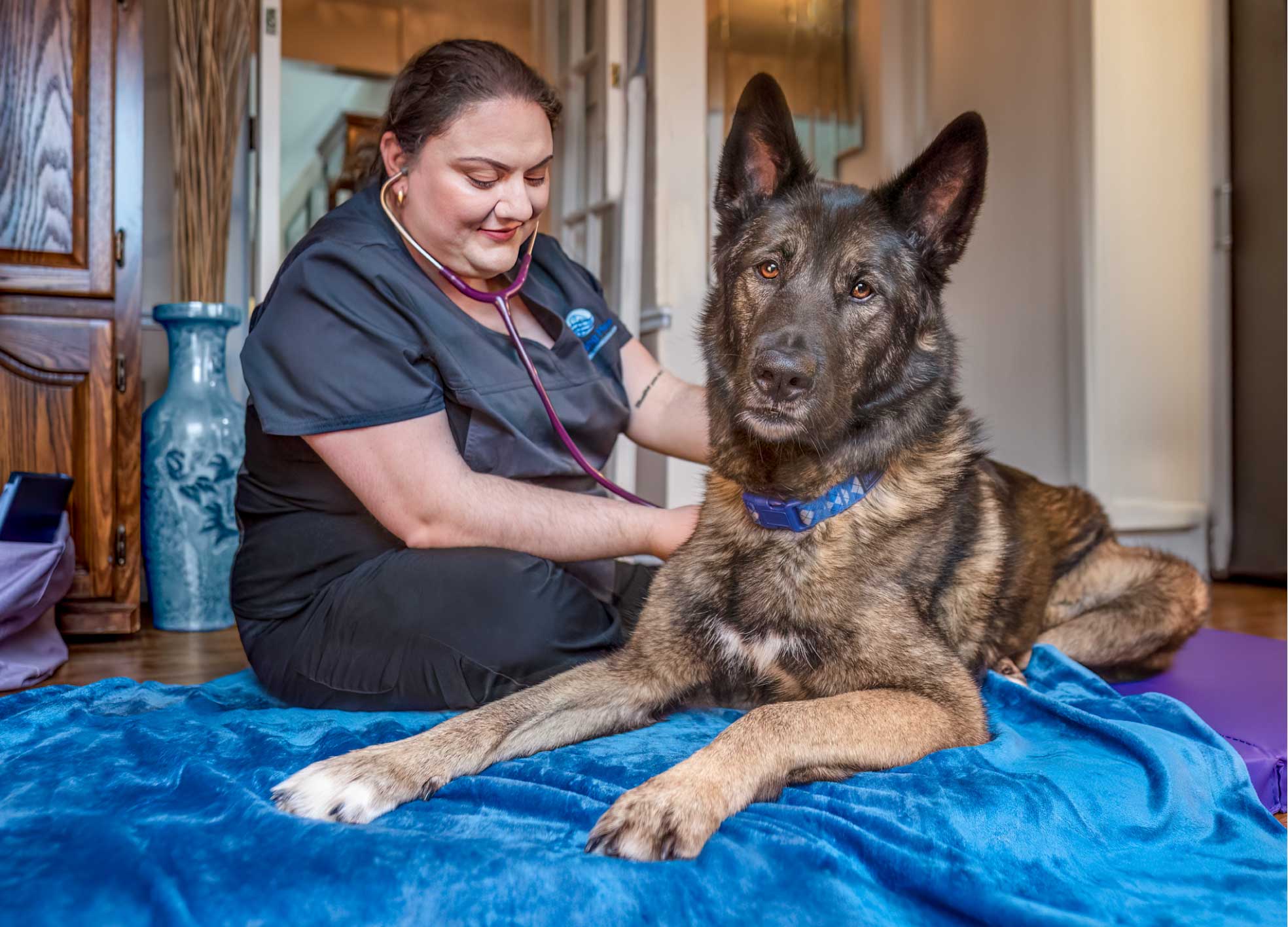Caring for a pet that’s recovering from an injury can be challenging. As a Registered Veterinary Technician (RVT) specializing in pet rehabilitation, I often recommend simple exercises that pet owners can do at home to help their dogs and cats heal. These exercises can promote healing, improve mobility, and strengthen muscles. Below are five easy exercises you can do with your pet, along with the injuries they address and tools you might need.
Benefits of At-Home Physical Therapy for Pets
Regular physical therapy can help pets recover faster, reduce pain, and regain mobility after an injury. While it’s essential to consult a veterinary professional before starting any exercises, these five gentle activities are generally safe for most pets recovering from injury.
1. Passive Range of Motion (PROM) Exercises
Injuries Helped:
- Joint injuries (hip, elbow, knee)
- Arthritis
- Post-surgery stiffness
Tools Needed:
- A soft mat or padded surface
How to Perform:
- For dogs and cats: Have your pet lie on their side on a soft, padded surface.
- Gently hold one of their limbs and slowly move the joint through its natural range of motion. This may include extending and flexing the joints (hips, knees, elbows).
- Repeat 10-15 times on each joint, and switch sides.
- Go slowly and watch for any signs of discomfort.
Why It Helps:
PROM helps keep joints flexible, prevents stiffness, and can help pets regain motion without putting strain on their healing bodies.
2. Weight Shifting Exercise
Injuries Helped:
- Post-surgery recovery
- Hip dysplasia
- Weak muscles due to disuse
Tools Needed:
- None
How to Perform:
- Stand your dog or cat on all four legs. Support them if necessary.
- Gently rock their body from side to side, shifting their weight from one side to the other.
- Do this in small, gentle motions for 1-2 minutes, allowing your pet to naturally rebalance themselves.
- For more advanced pets, you can increase the intensity by gently pushing from different angles.
Why It Helps:
This exercise strengthens core muscles and improves balance. It’s especially useful for pets recovering from surgery or those with hip dysplasia.
3. Sit-to-Stand Exercise
Injuries Helped:
- Knee injuries (ACL tears)
- Hip dysplasia
- Arthritis
Tools Needed:
- None
How to Perform:
- Have your dog sit, then gently encourage them to stand up.
- If your dog struggles, use a treat or toy to motivate them to rise.
- Once they’re standing, ask them to sit back down again.
- Repeat this movement 5-10 times, ensuring they’re not moving too quickly and avoiding strain.
Why It Helps:
This exercise strengthens the muscles around the hips and knees while improving overall body coordination. It’s similar to squats for humans.
4. Cavaletti Walking
Injuries Helped:
- Post-surgery recovery
- Weak muscles
- Spinal injuries (IVDD)
Tools Needed:
- PVC pipes, broomsticks, or small poles
- Low-height obstacles (4-6 inches off the ground)
How to Perform:
- Set up low obstacles (like broomsticks) a few inches off the ground and space them out so your pet can walk through them.
- Gently guide your pet over the poles, ensuring they step over each one.
- Start with 5-10 repetitions and gradually increase the number.
- For cats, you may need to use a treat to encourage participation.
Why It Helps:
This exercise improves coordination, muscle strength, and proprioception (awareness of limb placement). It’s perfect for pets recovering from spinal injuries or surgery.
5. Gentle Massage Therapy
Injuries Helped:
- Muscle sprains
- Post-surgery stiffness
- Arthritis
Tools Needed:
- None (optional: a pet-safe massage oil)
How to Perform:
- Begin by gently stroking your pet’s body to help them relax.
- Once relaxed, use your fingers to make small, circular motions on the muscles around the injured area.
- Apply light pressure, and avoid pressing directly on the injury itself.
- Massage for 5-10 minutes, depending on your pet’s comfort level.
Why It Helps:
Massage therapy improves circulation, reduces muscle tension, and provides pain relief. It’s especially useful for older pets or those with chronic conditions like arthritis.
Conclusion
These five at-home exercises can make a significant difference in your pet’s recovery process. Always consult your vet or a rehabilitation specialist before starting any new exercise regimen with your pet. If you have any concerns or need personalized guidance, feel free to reach out to Healing Hearts Mobile Animal Rehab. We’re here to help your pets feel their best!



